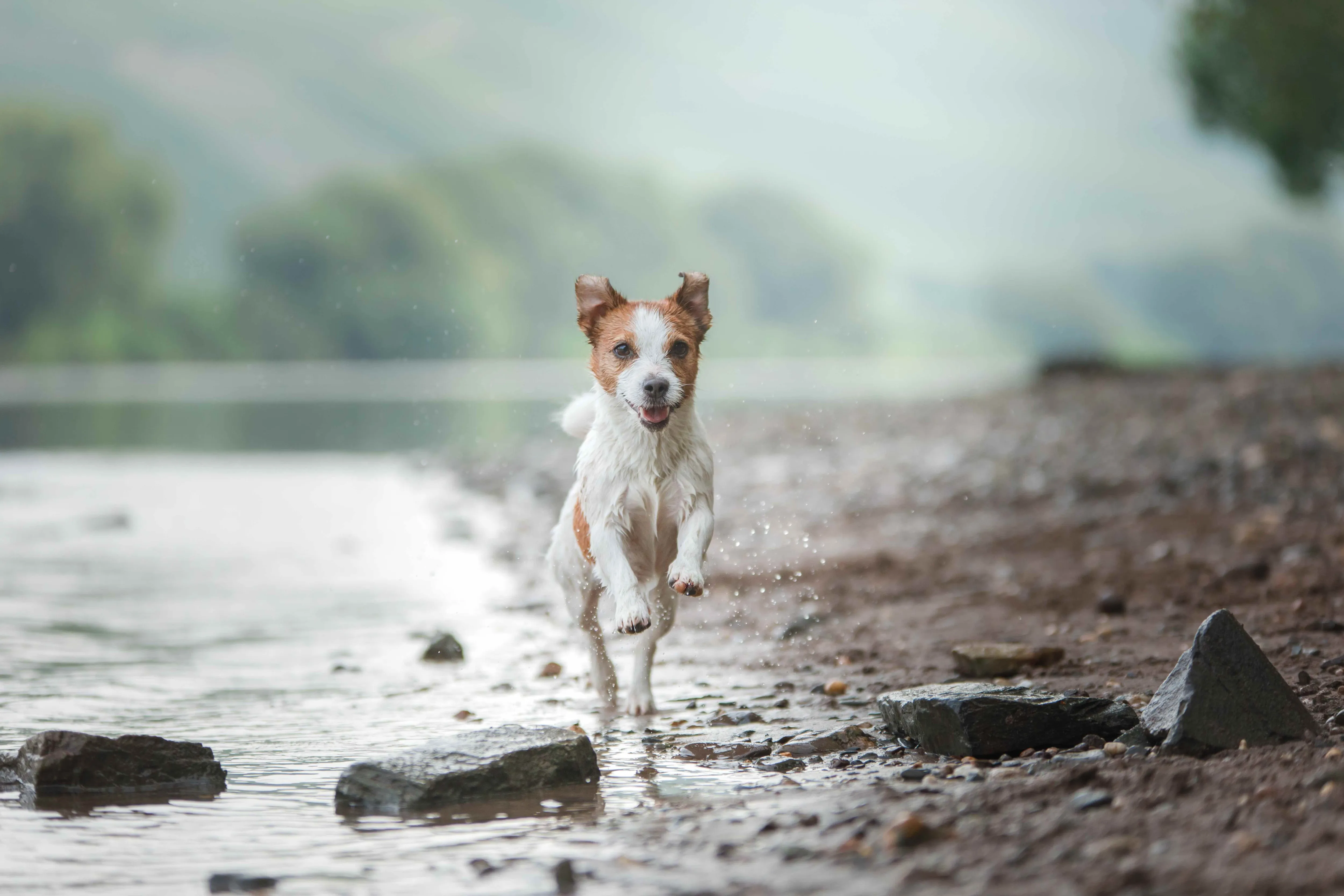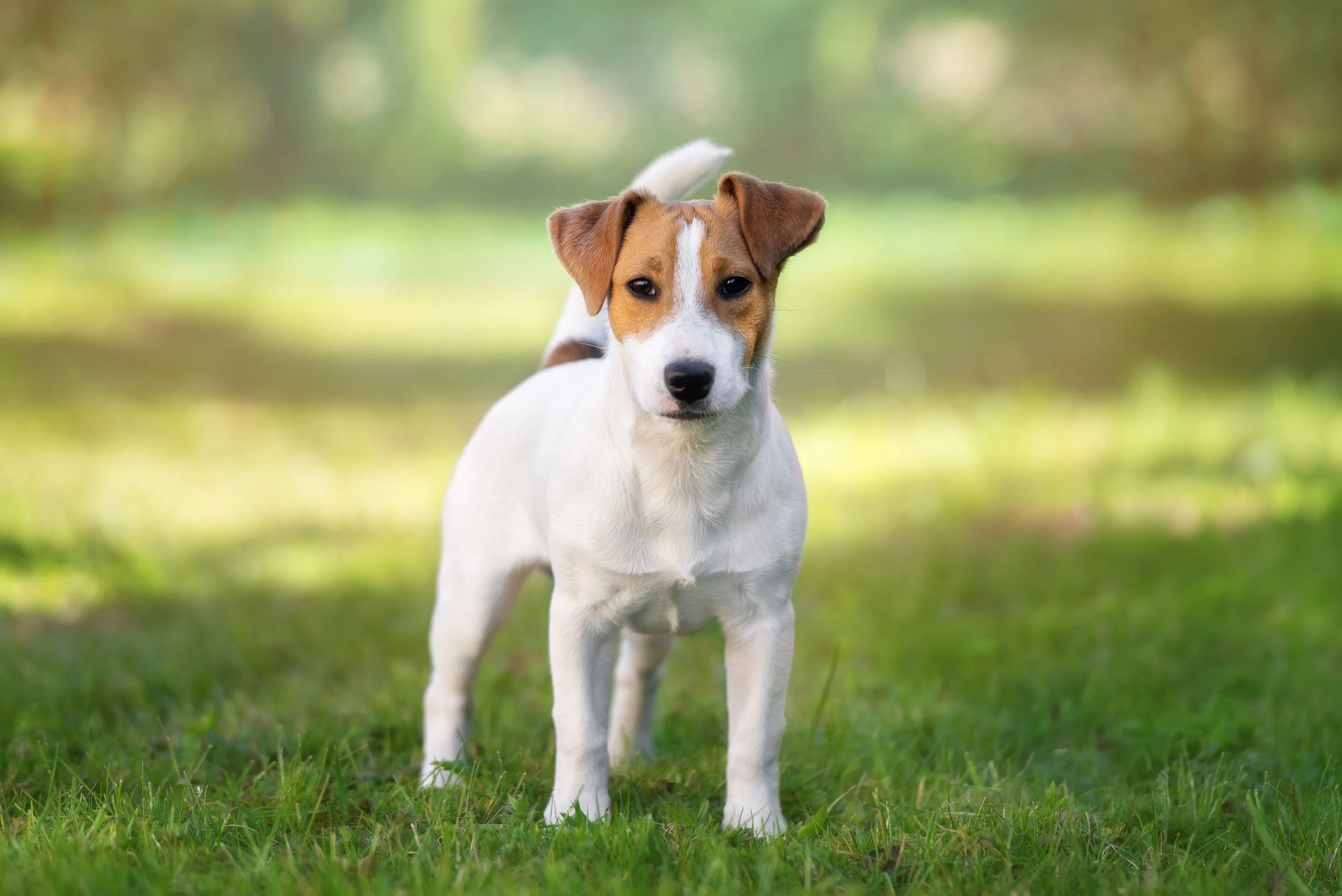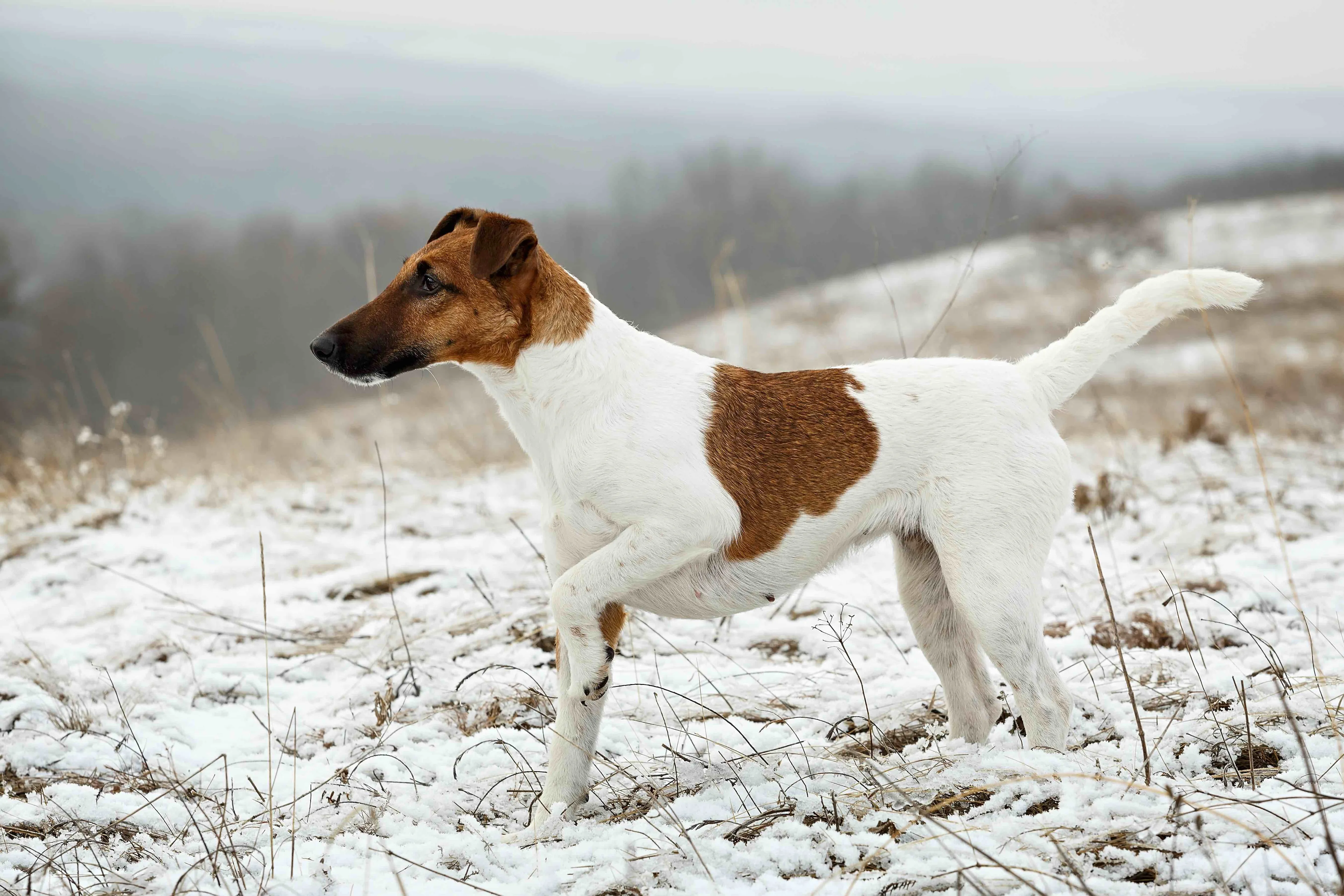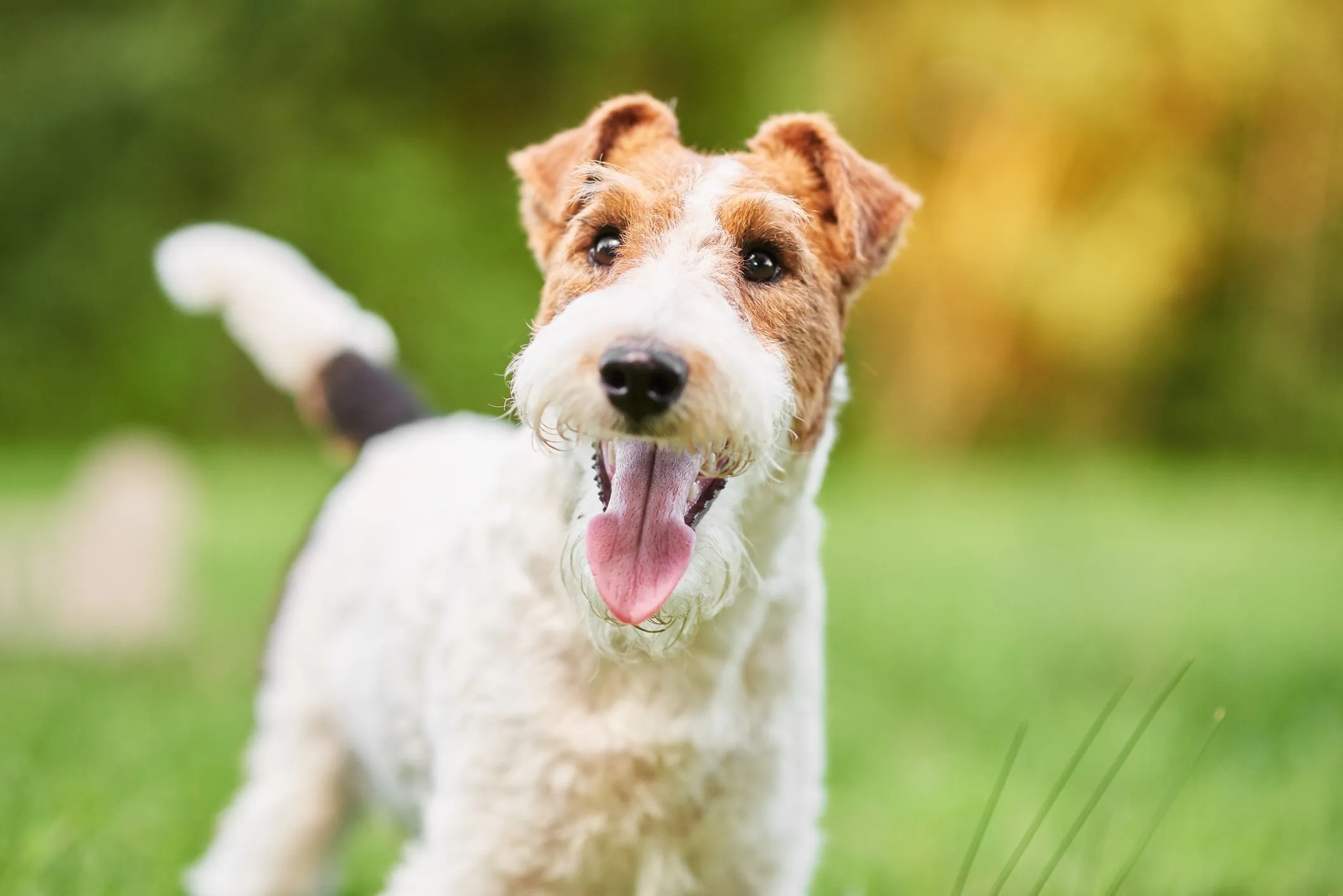The Jack Russell Terrier, a small dog with an immense personality, has captured the hearts of enthusiasts worldwide. Known for their boundless energy, sharp intelligence, and unwavering loyalty, these spirited terriers are much more than just a cute face. While often referred to broadly as “Jack Russells,” the truth is that this energetic breed encompasses a fascinating range of types, each with unique characteristics and a shared heritage of tireless work ethic. Understanding these distinctions is key to appreciating the full spectrum of this remarkable canine family. Just as you might appreciate the nuances of Yorkie types, delving into the world of Jack Russells reveals a similar delightful diversity.
Understanding the Jack Russell Terrier Family
The lineage of the Jack Russell Terrier traces back to the early 19th century in England, where Reverend John Russell, a passionate hunting enthusiast, sought to develop a terrier specifically designed for fox hunting. His goal was a dog with the stamina to keep up with hounds, the intelligence to locate prey, and the fearless determination to flush foxes from their dens, all while remaining gentle enough to be handled by people. This selective breeding resulted in a tenacious and agile working terrier that laid the foundation for the various types we see today. Their strong prey drive and high energy levels are direct inheritances from this working background, making them ideal companions for active individuals or families who can provide ample stimulation and training.
The Officially Recognized Jack Russell Relatives
While many dogs are colloquially called “Jack Russells,” two primary breeds are officially recognized and closely related to Reverend Russell’s original stock, each with distinct breed standards.
Parson Russell Terrier
The Parson Russell Terrier, often considered the taller, more square-bodied cousin, is an athletic and well-balanced dog. Recognized by the American Kennel Club (AKC) in 1997, the Parson Russell stands between 13 and 14 inches at the shoulder, with legs notably longer than they are deep. This longer leg length was historically valued for keeping pace with horses during a hunt. Their conformation allows for speed and agility, making them excel in dog sports such as agility, flyball, and earthdog trials.
Parson Russells possess an intelligent and lively disposition. They are known for their confident demeanor and a keen desire to work, making them highly trainable for those who understand their terrier mindset. Early socialization and consistent positive reinforcement training are crucial to harness their intelligence and prevent undesirable behaviors. They thrive on activity and mental challenges, becoming destructive if bored. Their coat can be smooth or broken, predominantly white with black, tan, or tricolor markings.
 A spirited Parson Russell Terrier running along a sandy beach.
A spirited Parson Russell Terrier running along a sandy beach.
Russell Terrier
In contrast to the Parson, the Russell Terrier, sometimes referred to as the “shorty Jack Russell,” is a slightly smaller and more rectangular dog, recognized by the AKC in 2012. Standing between 10 and 12 inches tall, the Russell Terrier has shorter legs and a more compact body, making them perfectly suited for going to ground after small game. Despite their smaller stature, they possess the same tenacious spirit and intelligence as their taller relatives.
Russell Terriers are incredibly playful and affectionate with their families, often described as having a big dog personality in a smaller package. Like Parsons, they require significant mental and physical exercise to remain happy and well-adjusted. Their adaptability allows them to thrive in various living situations, provided their exercise needs are met. They share similar coat types—smooth, broken, or rough—and color patterns, with white being the predominant color often accented by tan, black, or tricolor markings. These dogs are truly captivating, offering a glimpse into the diverse different Yorkie styles of the terrier world.
 A classic Russell Terrier standing alert in a grassy field.
A classic Russell Terrier standing alert in a grassy field.
Exploring Jack Russell Terrier Coat Types
Beyond the distinctions between Parson and Russell Terriers, Jack Russells are also categorized by their coat types, which significantly influence their appearance and grooming needs. Regardless of whether they are Parsons or Russells, these three coat variations are commonly seen.
Smooth Coat Jack Russell
The smooth-coated Jack Russell features short, sleek hair that lies close to the body. This coat type is generally the easiest to maintain, requiring minimal brushing—perhaps once or twice a week—to remove loose hairs and keep the coat shiny. While often considered low-maintenance in terms of grooming, smooth coats still shed, and their short hairs can embed themselves into carpets and upholstery. This sleek appearance highlights their muscular and agile physique, often giving them a refined yet sporty look. They are perfect for owners who prefer a straightforward grooming routine but are still prepared for regular shedding.
 A smooth-coated Jack Russell type, showcasing its sleek, short fur.
A smooth-coated Jack Russell type, showcasing its sleek, short fur.
Broken Coat Jack Russell
A broken coat is a fascinating blend of smooth and rough textures. These dogs have a mixture of short, smooth hair and longer, wirier hair, often with distinct facial furnishings like eyebrows and a beard. The texture can vary significantly from one broken-coated Jack Russell to another, with some leaning more towards smooth and others towards rough. This coat type offers a charming, slightly scruffy appearance without the full commitment of a rough coat. Grooming for a broken coat typically involves regular brushing and occasional hand-stripping to maintain its texture and remove dead hair, preventing matting and promoting healthy growth. Understanding these nuances helps us appreciate the popular Yorkie varieties and their unique coat types.
 A broken-coated Jack Russell type, with a distinct scruffy muzzle.
A broken-coated Jack Russell type, with a distinct scruffy muzzle.
Rough Coat Jack Russell
The rough-coated Jack Russell boasts a longer, denser, and wiry outer coat, accompanied by a softer undercoat. This coat type gives them a distinct rugged and shaggy appearance, which offers excellent protection against harsh weather and rough terrain, reflecting their heritage as outdoor working dogs. While it provides insulation, the rough coat requires more dedicated grooming than its smooth or broken counterparts. Regular brushing, at least a few times a week, is essential to prevent tangles and mats. Additionally, hand-stripping, a technique where dead hairs are manually pulled out, is necessary several times a year to maintain the coat’s proper texture and health. This meticulous care helps to ensure their coat remains functional and beautiful.
 A rough-coated Jack Russell type, displaying a dense, wiry outer coat.
A rough-coated Jack Russell type, displaying a dense, wiry outer coat.
Variations in Appearance and Temperament
Beyond the official breed standards and coat types, the broader “Jack Russell Terrier” term often encompasses a variety of dogs that may not fit neatly into the Parson or Russell Terrier categories but still embody the classic JRT spirit. These dogs might exhibit slight differences in size, leg length, or build, often due to less stringent breeding standards outside of official registries or local preferences. For example, some may be bred for slightly shorter legs, maintaining a powerful build for agility in dense undergrowth.
Temperamentally, while all Jack Russells share traits like high energy, intelligence, and fearlessness, individual personalities can vary. Some may be more assertive, while others are remarkably gentle. Factors like early socialization, training, and the environment they grow up in play a significant role in shaping their behavior. It’s important to remember that each Jack Russell is an individual, and while breed characteristics provide a general guide, they do not dictate every aspect of a dog’s personality. Just as there are many view Yorkie breeds with distinct temperaments, the Jack Russell family offers a spectrum of delightful personalities.
Choosing the Right Jack Russell for You
Bringing a Jack Russell Terrier into your home is a commitment to an active and engaging lifestyle. When considering which “type” of Jack Russell is right for you, evaluate your living situation and capacity to meet their specific needs. If you enjoy hiking, running, or dog sports, a Parson Russell Terrier might be an ideal match. If you prefer a slightly smaller companion but still crave that tenacious terrier spirit, a Russell Terrier could be perfect. Regardless of coat type, be prepared for regular exercise, consistent training, and plenty of mental stimulation. Responsible breeders will prioritize health and temperament, helping you find a pup whose personality and energy level align with your lifestyle. Adopting from a rescue organization is another excellent way to welcome a Jack Russell into your family, giving a deserving dog a loving home.
Conclusion
The Jack Russell Terrier, in all its variations, remains a beloved and highly sought-after companion. From the athletic Parson Russell to the compact Russell Terrier, and across the smooth, broken, and rough coat types, each dog embodies the spirited and intelligent legacy of Reverend John Russell’s original vision. Their diversity in appearance is matched only by their individual charm and unwavering zest for life. Whether you’re captivated by their sleek coats or their ruggedly handsome wire-haired looks, understanding the different types of Jack Russells helps you appreciate the richness of this remarkable breed and find the perfect terrier to enrich your life. Continue to explore Yorkie photos and other dog breeds on our website to further your knowledge of the fascinating canine world.
